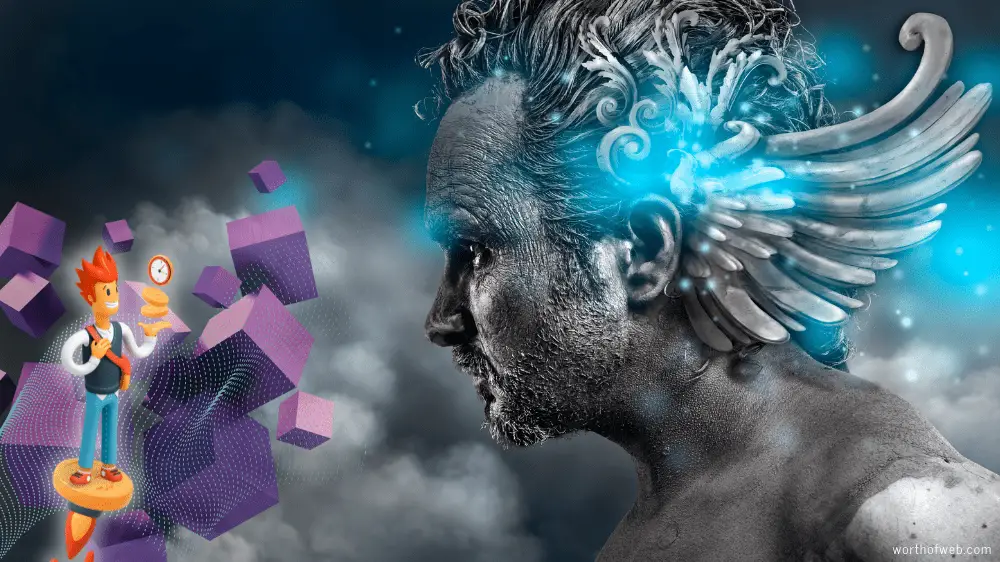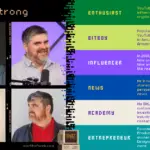Last updated on March 8, 2022. Are you following Socratoshi Nakaplato on Twitter?
Ancient Greeks told his stories to their children. Norse mythology described him as unbeatable. Songs will be sung again. Rumor has it he is back. The son of Trilemma. Tetralemma is here.
Trilemma wants to see decentralization, security, and scalability in a blockchain project.
Tetralemma agrees with his father but demands more. He thinks that humans are ruining their planet. He will not be satisfied if you can’t bring decentralization, security, scalability, and “greenness”, all at once.
Do you think that your favorite blockchain project can look in the eyes of Trilemma and survive his wrath? What about his son, Tetralemma? He is even more powerful and shows no mercy for energy-hungry projects.
Feel free to share your favorite projects in the comments below. Can they beat these ancient gods of blockchain?
While blockchain trilemma is a widely accepted concept, “Blockchain Tetralemma” is a new idea we have. So, this post is a proposal for the blockchain community. Details below.
The Trillion-Dollar Question
“Who can beat the trilemma?”
The most creative minds in the software development industry are shifting to the blockchain space. The main goal of the projects that want to be the infrastructure layer of the new web is to be the trilemma killer.
We talked about the speed of adoption for this hot market in our What is Web 3.0? post. The industry has a lot of room for growth but this growth will come with an increasing number of problems. The trillion-dollar question will evolve to “Who can beat the tetralemma?” and the world will try to minimize the carbon footprint of the energy-hungry projects.
The winners that can beat the trilemma and tetralemma will dominate the space. They will get their big share and their prizes will be at the multi-trillion level as the overall industry sees mass adoption.
Mono-, Di-, Tri-, Tetra-, Penta-
If you spent some time researching blockchain projects, you probably have seen Byzantine Fault Tolerance (BFT) as a security feature. To make the interactive consistency problem easier to understand, computer scientists devised a colorful allegory in which a group of army generals formulate a plan for attacking a city. This is known as “The Byzantine Generals Problem”.
The word “dilemma” originated from Greek. It means “double proposition” (di- + lemma). So we count with Greek numerical prefixes, mono-, di-, tri-, tetra-, penta-, and so on.
A dilemma is a problem offering two possibilities, neither of which is unambiguously acceptable or preferable.
There are two logically equivalent ways in which to express a trilemma: it can be expressed as a choice among three unfavorable options, one of which must be chosen, or as a choice among three favorable options, only two of which are possible at the same time.
Tetralemma is an argument analogous to a dilemma but presents four alternatives in the premises. It is a figure that features prominently in the logic of India. A variant of the tetralemma is used in the Ancient Greek philosophical schools of Democritus and Pyrrhonism.
It seems that we are in the Ancient Greek territory, hence the blockchain gods analogy here.
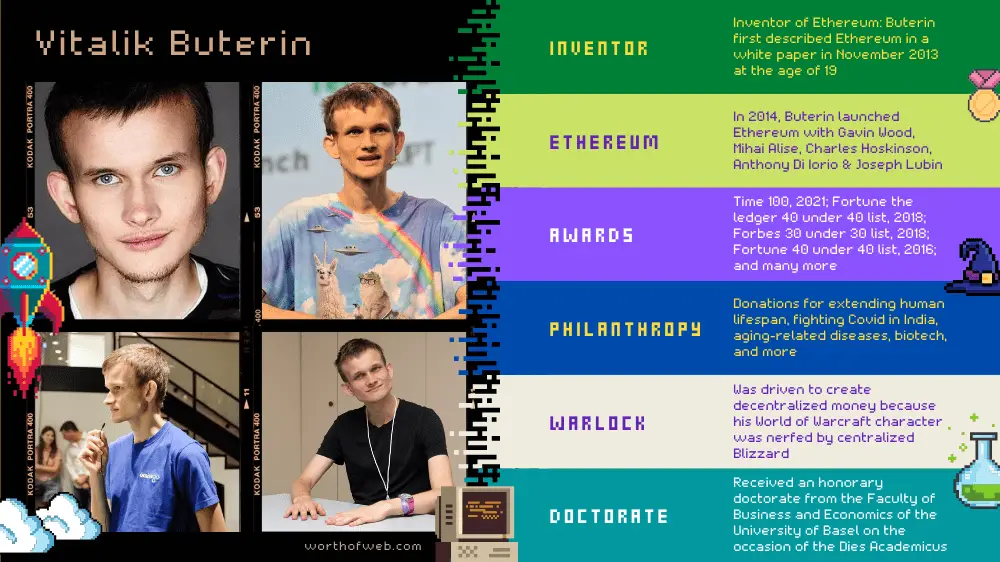
Blockchain Trilemma
Vitaly Dmitriyevich “Vitalik” Buterin is a Russian-Canadian programmer and writer who is best known as one of the co-founders of Ethereum. He is the one who first coined the “scalability trilemma” term in the “On Sharding Blockchains” documents.
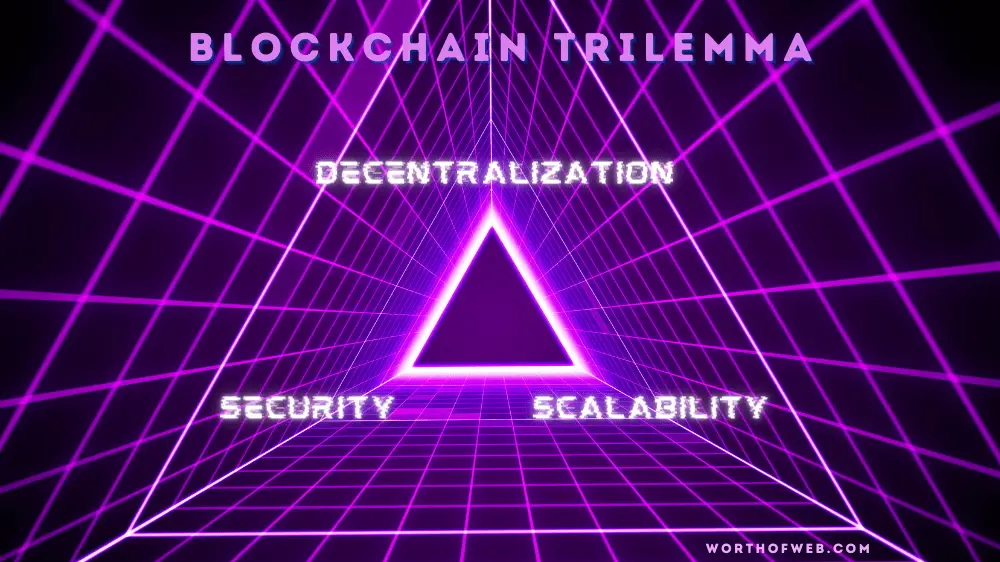
In a decentralized network, there is no central point of control and decision-making. The network is able to run with independent distributed computing resources so it is almost impossible to shut the network.
If the network is secure, attackers can’t disrupt the operation of the network. The data is always protected and can’t be manipulated by malicious attacks. Security is a must to achieve blockchain immutability.
Scalability is the ability of a network to handle higher demand successfully. If the network can’t provide higher transactions at a faster rate and with low fees, we can’t say that the network is scalable.
Now, back to the trillion-dollar question. Which blockchain project can provide all these three aspects at the same time? Many networks claim that they are able to achieve all, but in reality, they can only handle two of these three corners of the triangle above. This leads to the blockchain trilemma.
Let’s use Bitcoin as an example since it is the most popular network.
If we ignore the concentration of mining in a region or at the hands of some hardware owners, we can say that Bitcoin is decentralized.
Miners need to use their computing resources to overcome the difficulty adjustments in the Bitcoin network (check Luck, Gambling, and SHA256 analogy to understand better). The Bitcoin network has to create this artificial problem to be secure.
While its Proof of Work (PoW) mechanics increase its decentralization and security features, the trilemma of the Bitcoin network shows itself in the scalability corner. Bitcoin network can process only 3-7 transactions per second (TPS) with high transaction fees when there is a high workload, and it takes 10-60 minutes for transaction confirmation.
In comparison the Visa network can process around 1,700 transactions per second on average, PayPal has around 193 TPS, and Ethereum has around 15-25 TPS (with famous high gas fees, and 10-20 seconds for transaction confirmation).
Blockchain Tetralemma
This is our proposal for the blockchain community. Let’s add “Greenness” to the trilemma as the fourth aspect and make it tetralemma. Decentralization, security, scalability, and greenness. Let’s use Blockchain Tetralemma as the new goal for the development. It can be the framework for the ideal blockchain solution.
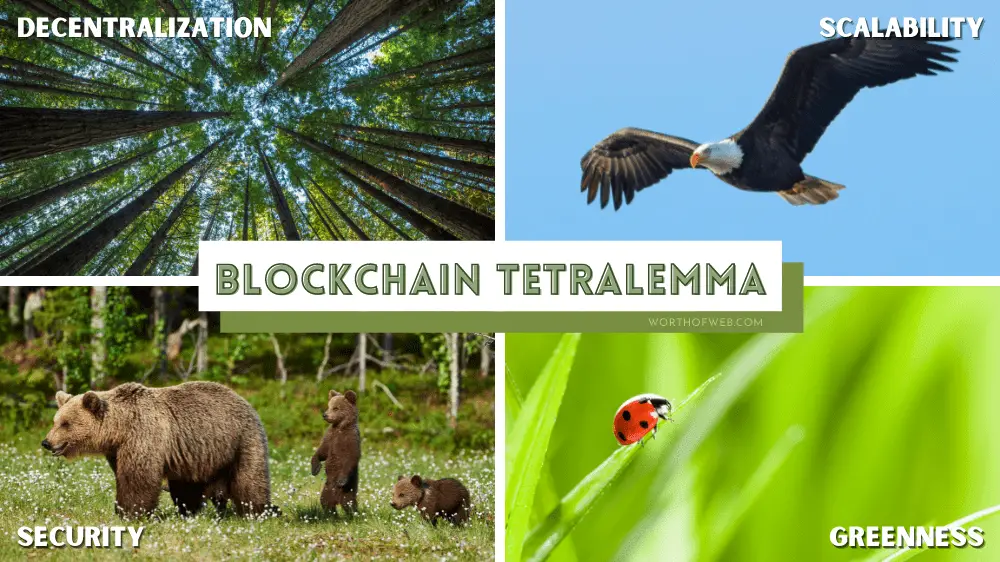
We first used the “tetralemma” term in our Hedera (HBAR) post. Hedera is a good example of a green infrastructure layer. Besides spending low energy as a network, they also purchase carbon offsets to be carbon negative.
There are many blockchain projects that try to minimize their carbon footprint just like Hedera does. However, the majority of the population including regulators and policymakers think that the blockchain is Bitcoin. They are not aware of how things work even in the Bitcoin network or how other projects operate.
This lack of information combined with the rejection of change helps only the anti-blockchain side. All blockchain industry suffers in the end.
By design, Bitcoin is an intentionally inefficient Proof of Work (PoW) system. Bitcoin is not trying to be an infrastructure layer for the web. It is an alternative monetary structure and resembles how gold works. Check the video below to see Bitcoin miners in action:
There are heated debates even among the people who know how things work. This Reddit discussion is a good summary of different thoughts. Yes, tribalism is so strong within blockchain communities.
We think that we need to focus on the things that we can control within the industry. In the Reddit discussion, magus-21 summarized the situation perfectly in this comment: “… you can criticize me for driving a V8 car instead of a Prius, and I’ll accept it. It does no one any good if I point the finger at trucks and cargo ships for emitting more CO2.”
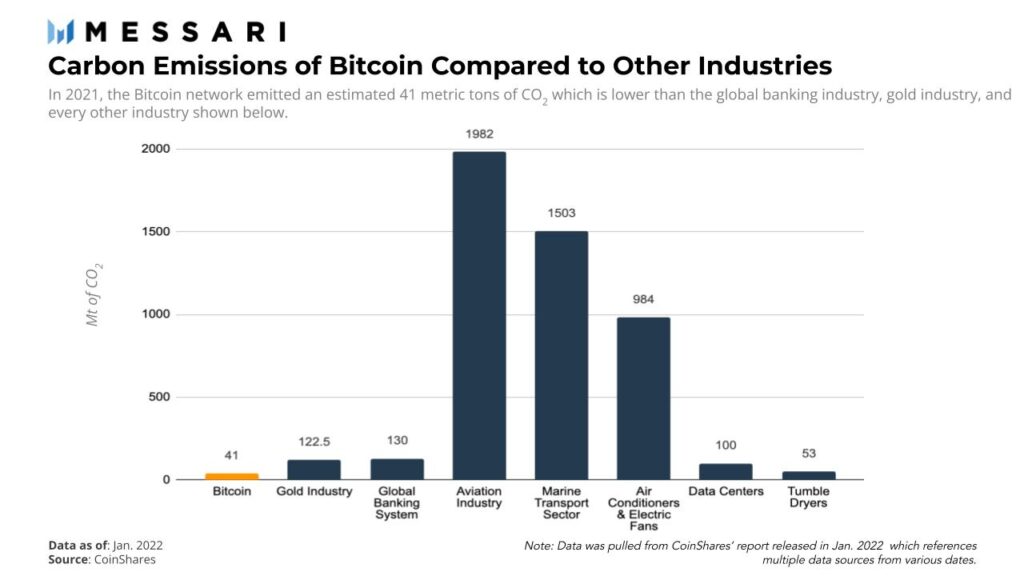
Taking advantage of cold regions, using renewable energies, decreasing the need for power with better pieces of equipment and systems, and implementing more efficient techniques are positive developments for Bitcoin mining. But there is no need for sugar coating. Bitcoin needs to solve artificial problems to be secure, and its network uses more energy than most of the countries in the process. It is not a good example for the industry.
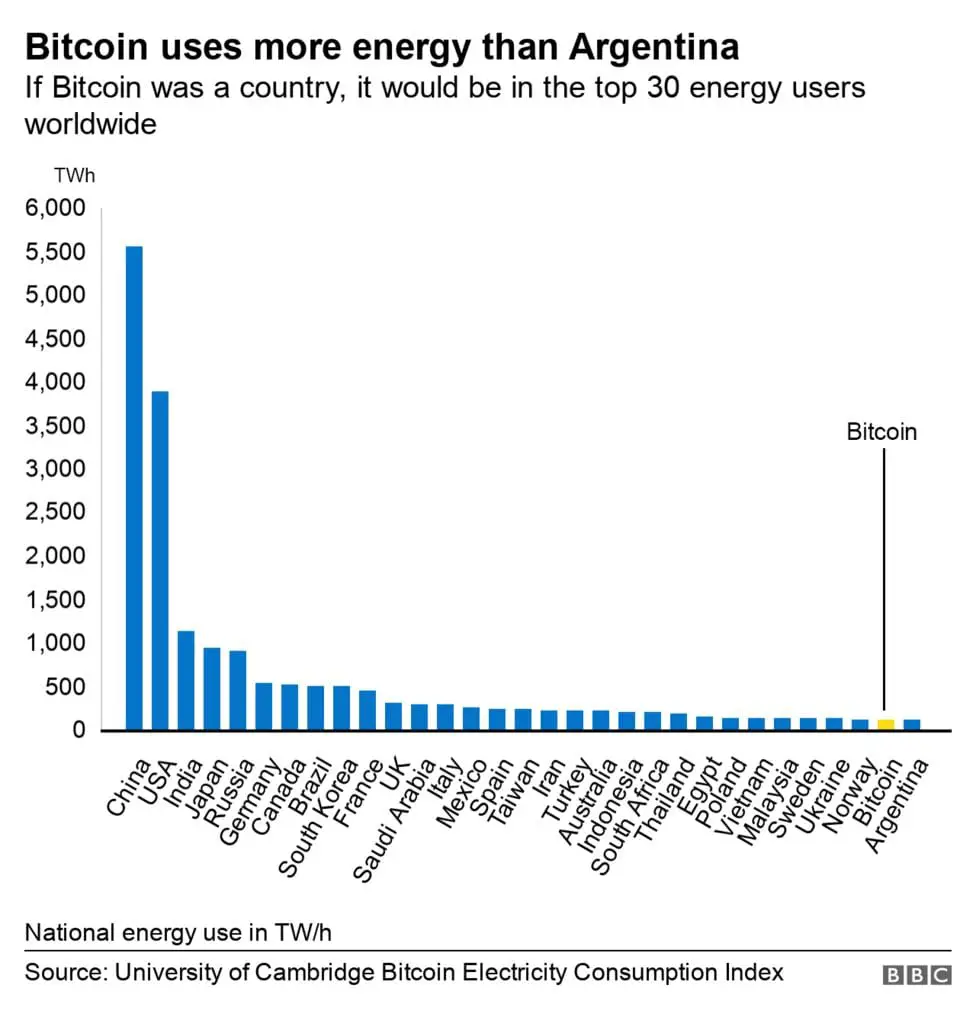
We love blockchain technology here at Worth Of Web headquarters. Fast, innovative, efficient, and green technology makes us excited regardless of the maker. While we think that tribalism is a good sign of excitement, it should not affect the objectivity of the community.
We want to see massive adoption and a huge success for the industry overall. Being green will boost the acceptance rate in society besides the apparent benefits of using our resources efficiently.
Exploring the cutting edge of innovation and not being efficient does not sound right for the blockchain community. That’s why we suggest using blockchain tetralemma as the ultimate goal in the industry.
How does Ethereum approach these problems? Check the video below where Vitalik Buterin talks with Lex Fridman about Ethereum 2.0, blockchain space, and more:
